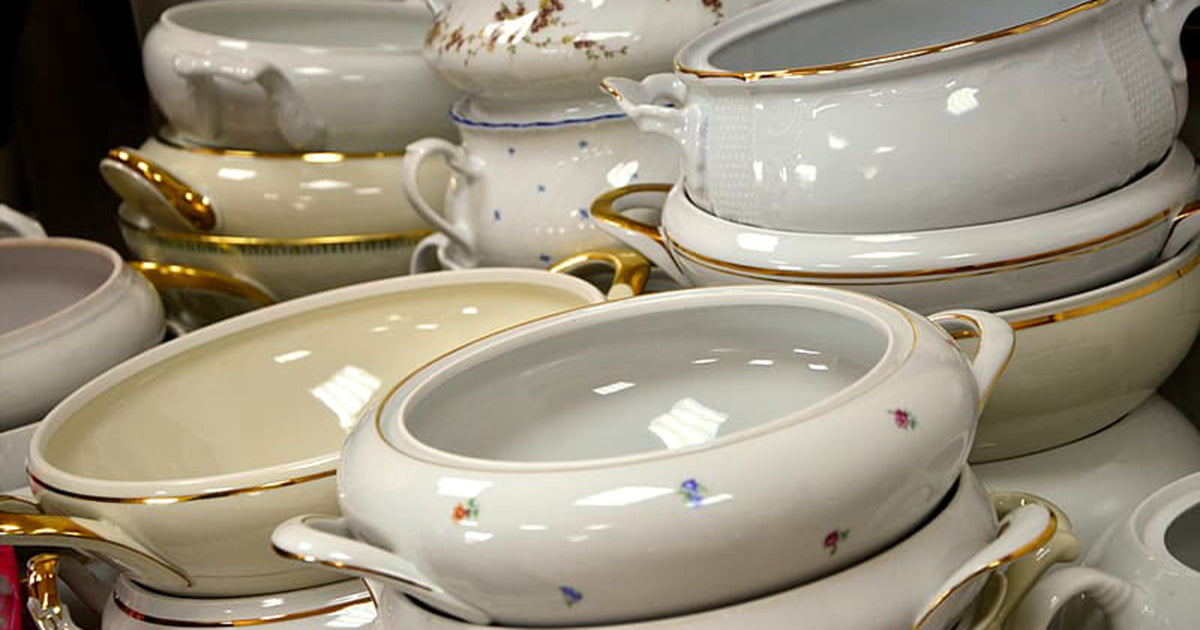Gold, Platinum, Silver - More than the decoration of ceramic wares

Gold, platinum, silver are the 3 minerals that novice potters should know because the colours are beautiful and they also look luxurious and valuable. Moreover, those 3 minerals can also be combined with other substances to get more colours as well
Gold mineral (Au) > can be used to write on glazed containers in the form of gold water for Benjarong. It can also be used as a substance that causes purple, magenta, pink, and ruby red. The gold mineral was first used in the product by Meissen Manufactory in Germany in 1830. 21 years later, France patented the liquid formulation of gold water. The shiny gold in gold water contains approximately 12% of gold which is dissolved in gold solution resin. Available in both matte and glossy types.
Platinum mineral (Pt) > is used for decorative writing on glazed containers because it is a mineral that does not react with oxygen. Potters can use palladium mixed with platinum to get a silver colour that not only is more luster but also still maintain that shiny silver for a long time. The platinum mineral also gives a grayish tint to the glaze however it is not very popular because the price is quite high. Most potters therefore choose other less expensive materials to prepare the gray glaze instead of platinum.
Silver mineral (Ag) > has one outstanding feature that is it is easy to combine with oxygen and becomes dull black. Silver oxide gives a yellow tint in the low temperature glaze that does not contain limestone and zinc. However, if there is limestone it will then turn brown instead. If silver oxide is applied on the glaze and then fired in a reduction atmosphere, it will produce a pearlescent glaze.
The preparation of the yellow pearl overglaze colour. It will be fired in a harsh reduction atmosphere from a temperature of 300-700 °C. After firing, the clay must be sanded off to obtain a pearlescent finish on the opaque white glaze. However, the current pearlescent colour is a result of lead borate (Lead borate), bismuth oxide and silver chloride or silver carbonate in a form of solution and resin at a high temperature of 650-700 °C in an oxygen atmosphere
